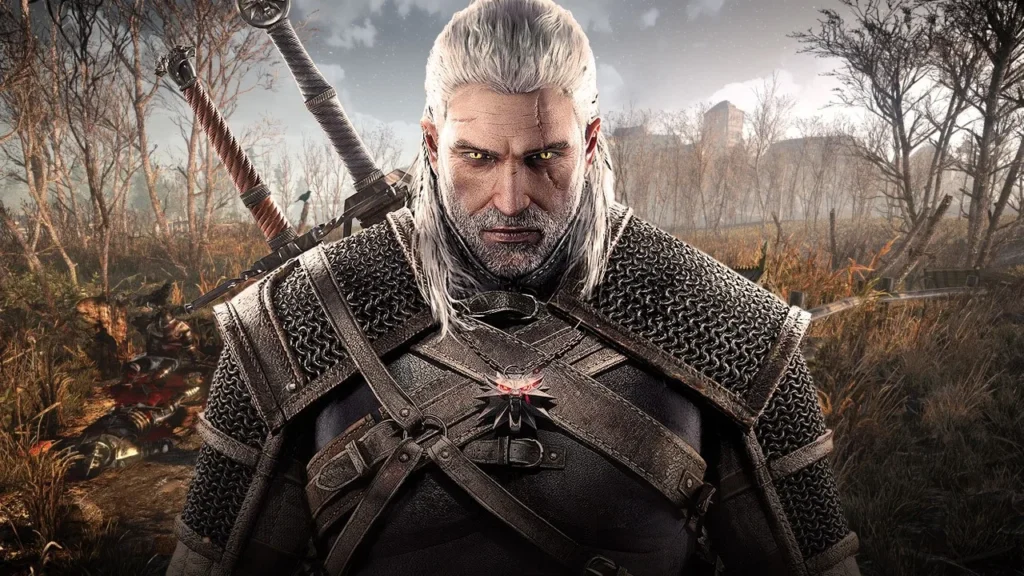
When Does The Witcher 3 – Wild Hunt Get Good?
A new player might feel slightly overwhelmed at the very start of The Witcher III, but those that stick it out for a few hours will find the vast open world a rewarding gameplay loop baked around one of gaming’s best stories of the last decade. Fans of the game will tell a new player that they should give The Witcher 3 about 5-10 hours to decide if it’s a game they will want to play to completion.
What Fans Say
Fans of The Witcher 3: Wild Hunt are effusive about the game’s expansive open world, richly detailed storytelling, and complex characters. Players praise the narrative depth, where even minor side quests feel intricately crafted, and choices have tangible consequences. Geralt of Rivia, the protagonist, is celebrated as a layered, morally gray character that evolves based on player decisions. The game’s beautiful graphics, atmospheric settings ranging from the war-torn fields of Velen to the picturesque landscapes of Toussaint, and the immersive soundtrack are frequently highlighted as exemplary.
Combat mechanics, although initially challenging, are lauded for their depth once mastered. Fans appreciate the strategic elements, such as using oils, potions, and magic signs to counter specific enemies. The DLC expansions—Hearts of Stone and Blood and Wine—are often cited as examples of how downloadable content should be done, providing substantial additional content that enhances the base game.
—
—
What Haters Say
Critics of The Witcher 3 often point to its sometimes clunky combat mechanics and steep learning curve. Some players find the controls for Geralt’s movement, particularly in tight spaces, cumbersome. Inventory management is another frequent complaint, with critics citing it as overly complicated and cumbersome.
Additionally, some detractors note pacing issues in the main story and feel overwhelmed by the sheer number of side quests and open-world activities, which can lead to a sense of directionlessness. A few players express that the game’s size and scope demand too much time investment.
Aggregated Critic Commentary
Critics universally praise The Witcher 3: Wild Hunt for its storytelling excellence, character development, and richly detailed world. It consistently ranks high on “greatest games of all time” lists. The game’s writing, voice acting, and quest design set new benchmarks for narrative-driven RPGs. The visual fidelity and attention to detail, from the dynamic weather system to the expressive character animations, have also drawn acclaim.
On the downside, reviewers acknowledge combat and movement mechanics as the game’s weaker points. However, these shortcomings are often seen as minor compared to the overall experience. Critics also commend the game’s post-launch support, including robust patches and high-quality expansions.
Overview of the Game
Released in 2015 by CD Projekt Red, The Witcher 3: Wild Hunt is an action RPG set in a dark, fantasy world inspired by Slavic mythology. Players assume the role of Geralt of Rivia, a monster hunter known as a Witcher, navigating political intrigue, personal quests, and supernatural threats. The game begins with Geralt searching for his adopted daughter, Ciri, who is being pursued by the spectral Wild Hunt.
The Witcher 3 distinguishes itself with its vast open world, split into diverse regions. Each area offers unique challenges, enemies, and stories. Velen is a bleak, war-ravaged land filled with moral ambiguity, while Novigrad is a bustling city rife with political machinations. The Skellige Isles introduce a rugged, Viking-inspired culture, and Toussaint, added in the Blood and Wine expansion, provides a vibrant, fairy-tale-like aesthetic.
Core gameplay combines swordplay, magic, and alchemy. Players must master dodging, parrying, and using signs (magical abilities) like Igni (fire) and Aard (telekinesis) to combat a variety of foes. Crafting and preparing for battles using potions and oils tailored to specific monsters is key to success. The narrative-driven structure emphasizes player choice, impacting relationships and story outcomes.
The game’s two major expansions, Hearts of Stone and Blood and Wine, offer additional storylines praised for their depth and originality. Hearts of Stone introduces a Faustian tale centered around a cursed nobleman and a sinister immortal, while Blood and Wine provides a sprawling mystery set in a vibrant duchy threatened by a monstrous menace.
Similar Games
- Dragon Age: Inquisition – A fantasy RPG with a rich narrative, political intrigue, and large open-world areas.
- Skyrim – A cornerstone of open-world RPGs, featuring vast exploration, dragon-slaying, and dynamic quests.
- Horizon Zero Dawn – An open-world action RPG with a gripping story and tactical combat against mechanical creatures.
- Assassin’s Creed: Odyssey – A historical RPG blending open-world exploration, naval combat, and a choice-driven narrative.
- Red Dead Redemption 2 – Known for its immersive open world, complex characters, and moral choices.
If You Like These, You’ll Like This Game
- Divinity: Original Sin 2 – Fans of deep narrative choices and turn-based combat will find much to love here.
- Mass Effect 2 – Its branching storylines, rich characters, and moral decisions parallel The Witcher 3’s storytelling.
- Dark Souls III – If challenging combat and dark fantasy intrigue you, this game offers a similarly rewarding experience.
- Ghost of Tsushima – Its open-world design and samurai combat share thematic and gameplay similarities.